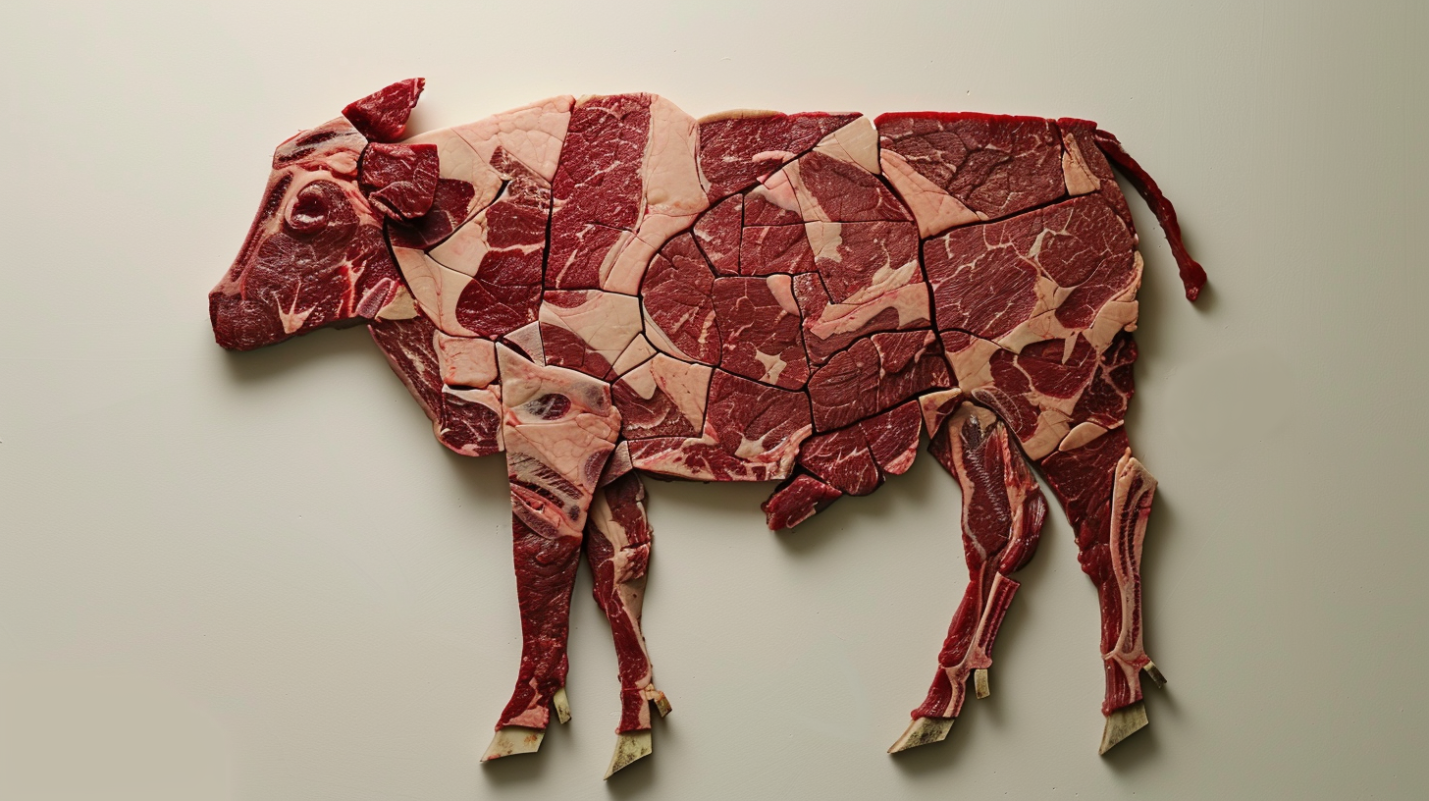What Happens if We Stop Asking, “Why?”
A woman is offered a large amount of money to spend the night with a stranger. She accepts. Why? Because she wants the money. The offer is decreased until she refuses. Why? Because she has principles. How can we make this work? We have to find an amount of money where we can believe she would and we can believe she wouldn’t, then we have to let her create the story by making the decision, and we have to make that decision relatable to the reader.
There’s a perspective that she has no principles if she says, “Yes” at any price. That’s a story too, but we still have to convince the reader that she might.
This is the old Lord Beaverbrook anecdote: “We have established what it is, we are just haggling about the price.”
It’s also a favorite gambit of obnoxious party guests and persnickety playground pedants who pester the rest of us with, “Never, huh? Well what if [you were trapped on a desert island | they were the last man or woman on Earth | someone offered you a million dollars | the mafia threatened your family | you had a gun to your head]?”
And it’s the character-defining trait of countless heroes who never take a life, break a promise, remove their helmet, have a drink, trust an outsider, or ride an elevator—until they do.
But it’s almost impossible to make it work. Your characters are defined by the choices they make, so you’ve got to build a world where not all characters—even all characters with the same objections—would make the same choices. That means, your protagonist needs to see two compelling paths in front of her. Let’s consider the Lord Beaverbrook story, in which a woman agrees to spend the night with a stranger for 1MM dollars, but not for 5 dollars.
If she says, “No”
She holds to her principles
If she says, “Yes”
She gets some amount of money between 5 dollars and 1MM dollars
Is that compelling?
This would be a better story if we knew what she were going to do with the money, so let’s start working on the right column. We’ll set the amount at $20K, and we’ll specify that she’s going to use the money to purchase life-saving surgery for her pet kitten.
If she says, “No”
She holds to her principles
If she says, “Yes”
The kitten lives
That’s an improvement, but can we do better? Can we improve the left column? Promises, phobias, principles, and proclivities have the same narrative weakness as cash: it’s difficult to judge how many kittens they’re worth. Replace “spend the night with a stranger” with “break her vegan diet” or “remove her sacred helmet” or “face her fear of heights”. None are particularly compelling. To make this work, a “kitten” has to die with either choice.
So let’s spend the principles the way we spent the cash. In the next version, the offer is public, and the woman’s choice will be public. Also, let’s make the stranger her sister’s husband.
If she says, “No”
Her relationship with her sister lives
The kitten dies
If she says, “Yes”
Her relationship with her sister dies
The kitten lives
Better? I think so. We got there by asking a subtly different question than “Why?”. Instead of “Why?” we asked, “What happens if?” When you character makes a major decision, you need to give us more than a “Why?”
What happens if?
If you can find a “What happens if?” that’s tangible, you’ll have a compelling story. This is a deceptively large change. Strictly speaking, you’re still asking why, but you’re no longer asking yourself, and you’re no longer asking your character sketch. You’re asking the world (that you’ve created!), and you’ll have to write the response.
This won’t always be easy.
- What happens if an agoraphobe goes outside?
- What happens if you lose your great-grandfather’s watch?
- What happens if a vegetarian eats meat?
If you can’t answer these questions, you’ll have to rely less on character-istics and more on character building. Any you’ll have to create a world where motivations and consequences exist outside your character sketch.





